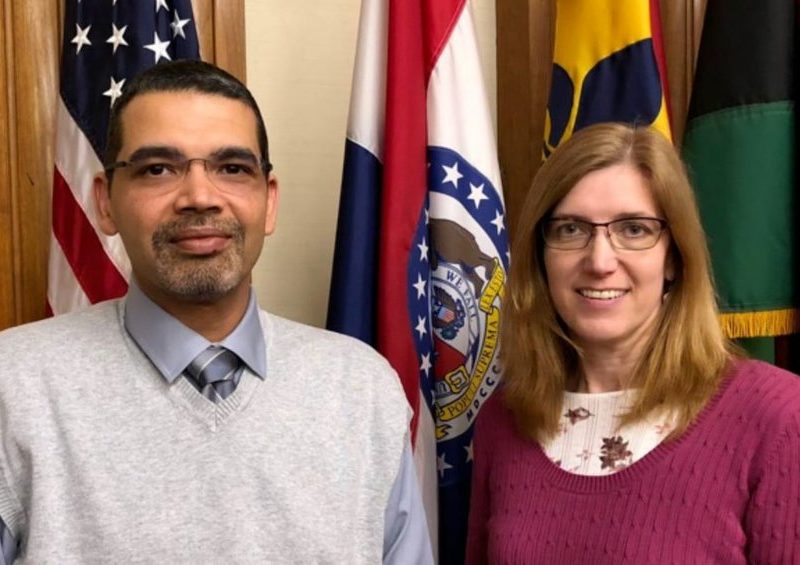
Mattel’s New CTO Wants All Kids to Be Inspired by Tech Toys
Mattel’s New CTO Wants All Kids to Be Inspired by Tech Toys https://csuiteold.c-suitenetwork.com/wp-content/uploads/2018/02/mattels-new-cto-wants-all-kids-to-be-inspired-by-tech-toys.jpg 810 456 C-Suite Network https://csuiteold.c-suitenetwork.com/wp-content/uploads/2018/02/mattels-new-cto-wants-all-kids-to-be-inspired-by-tech-toys.jpg
In addition to new toys, Mattel also brought its new CTO, Sven Gerjets, to Toy Fair 2018. The company has actually never had a CTO before; Gerjets thinks he may be the only one in the toy industry. He’s now dividing his time between transforming Mattel’s IT operation and developing a connected-toy strategy. At Toy Fair, he sat down with PCMag for a conversation about tech toy trends and how toys can inspire STEM interest in children. Here are some lightly edited highlights.
Carol Mangis: What’s your role, as you see it, at Mattel?
Sven Gerjets: I wear two hats, essentially. We’ve had CIOs in the past who have been focused solely on the business systems, and the connected space has been more within the brands and been done very brand-focused. So we’re trying to figure out, how do we wrap a strategy around that that really moves the needle for us?
Different brands have taken different approaches, and so on some level, we’re learning a lot about the toy space and connectivity…. I think part of it is figuring out, how do we digitally enhance play? I think a lot of companies out there are putting tech in toys for tech’s sake.
We’ve got this amazing core DNA of physical play. How do we enhance skills and develop children, and how do we keep that DNA, but enhance the digital? I think it’s a much more interesting and much more engaging and appealing space. So, we’re focusing on that, and also focusing on aspects of STEM, and how do we inspire kids towards STEM careers? And how does this become more inspirational for the broad group of children who use our products across these very diverse brands?
Every toy company seems to be saying, ‘We have toys that will inspire STEM skills or STEM interests!’ So how are you taking an approach to being conscious about that, instead of just saying, ‘There’s technology in the toy?’
One of the things that I’m finding is that there’s a lot of technology toys out there that say they inspire STEM, but my opinion… they’re focused on kids who already want to be engineers. When I was a child, I was a tinkerer. I had to be a mechanic or an engineer or something, because it was just how I was wired.
No pun intended.
Yeah, exactly. And I read your article, actually, on STEM toys. You know, when you go through that, there’s some really interesting things, but they’re kind of geared to that child who is going to be an engineer. You know they’re going to be an engineer. And, I think the problem with it is, those kids are often the ones that are tearing your TV apart, they’re going to Fry’s to get a board… They don’t need a toy to do that.
One of the things that we’re trying to pivot to is, how do we actually make STEM accessible and interesting and inspiring to broader kids? So it’s not, how do you create the tinker toys of an electronics lab, but how do you inspire kids that are broader? So we’re doing things with Tynker…a platform for teaching kids how to program. I don’t know if you’ve seen it, but we’re using our brands to kind of inspire kids.
We’re doing a big launch with the Barbie character… to inspire kids to learn how to program. And I think that’s a great example of inspiration versus engineering toys. And that was a little bit of what I’ve learned coming in, too, because I love to play with the engineering toys, but I think STEM… is much more about inspiring kids that maybe aren’t wired that way.
They need those skills, too.
Did you guys look at the Kamigami, Jurassic [World] Kamigami? We launched a Kamigami bug last year, we’ve got the Jurassic, and then we have another one that we’re not talking about quite yet that’s coming out. Those products are great examples [where you] don’t have to be a roboticist to build it, but you get to build your own robot, you get to program it. It’s super accessible.

So what’s motivating a kid to play with Kamigami if they’re not already oriented toward coding and engineering?
I think it’s super-compelling physical play, which is the DNA of the company. And I think that’s the difference. If you can make something super compelling for a child, in a play pattern that they recognize and know, and then enhance it in a way that’s inspiring to go: ‘What’s that next step? How do I take the next leap? This is really fun, I built my own robot, what’s next?’
I think it’s about making it much more accessible and much broader and appealing… Sometimes I find when I look at toys out there, when you’re trying to create a whole kind of new play pattern, it’s really geared towards kids or adults that like that play pattern… The Tynker project is about giving kids different aspects, like there’s a music aspect, there’s pet vet, there are these different skills. And so if somebody wants to be a veterinarian, they come in and they learn how to program. If somebody loves music, they come in and they use music to learn how to program. It’s much more open and accessible. It’s not like, let’s try to cram them into a box.
Now, does Mattel do any kind of research on its own in terms of discovering what kind of technology to integrate into toys to create that interest? Or are you looking to other research?
So we’re doing a little bit of both. But I think we start at what’s inspiring, and what kind of play is interesting. And from there, we figure out, how do we make the product accessible from the technology standpoint? Because honestly, in my mind, the…






